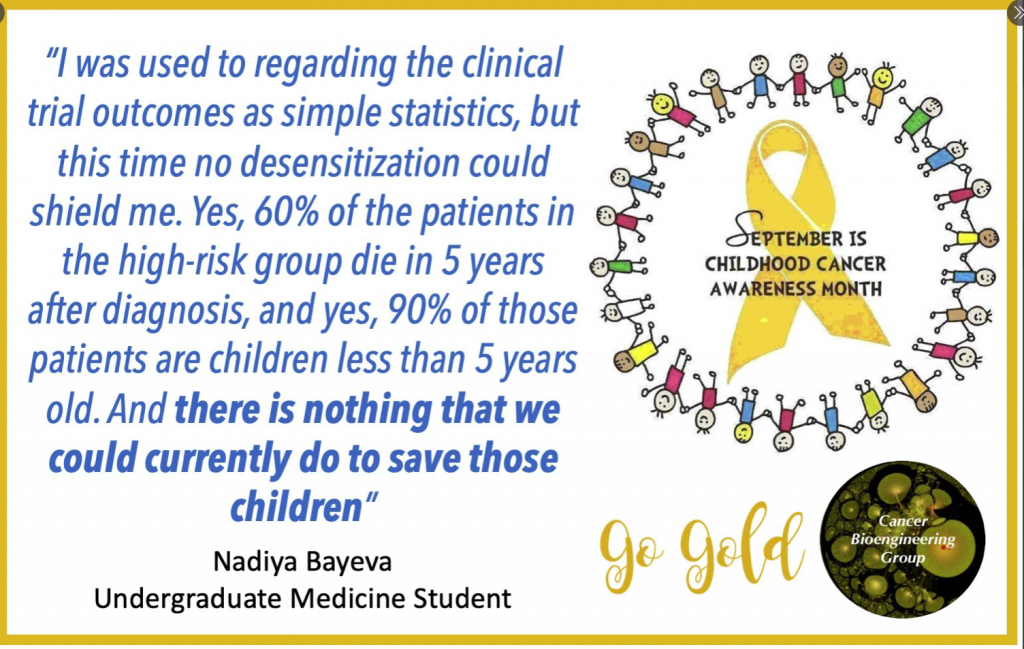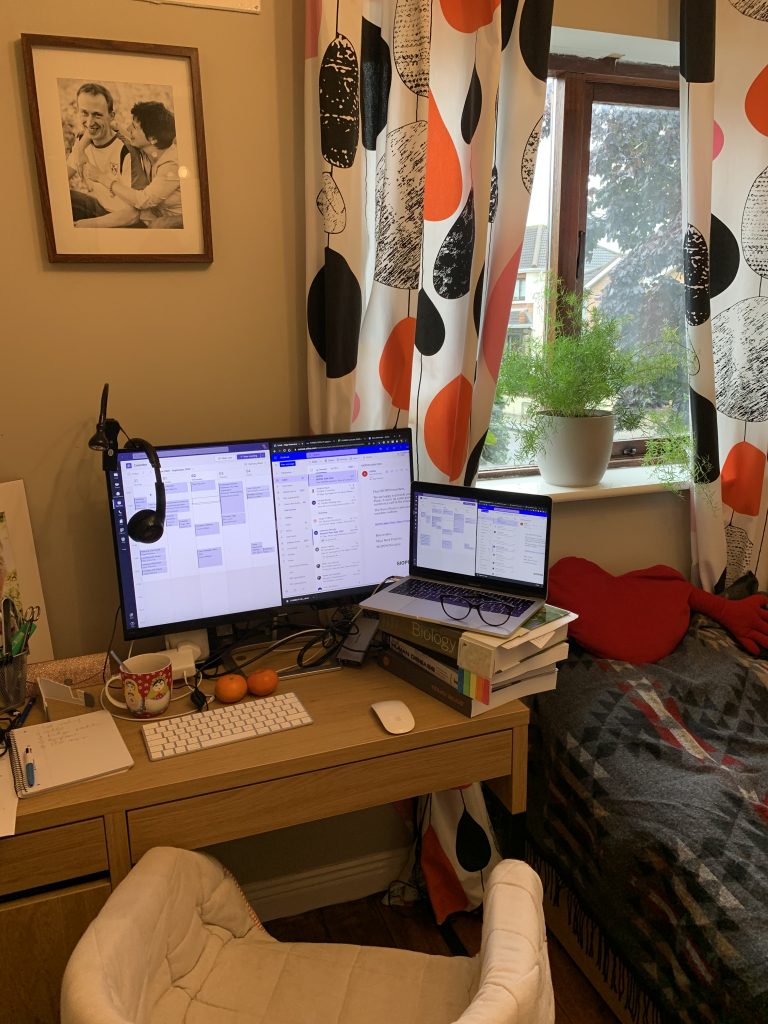This year our research team will be taking part in the virtual VHI mini-marathon on the 7th of October 2020 in honour of Childhood Cancer Awareness Month. For every one euro donated to research only 1 cent of this goes to ALL childhood health conditions including cancer. Therefore, the donations we receive will be split equally among some wonderful children’s charities. These charities include: The Conor Foley Neuroblastoma Research Foundation (CFNRF), Neuroblastoma UK (NBUK), Children’s Research & Medical Foundation (CRMF) CrumlinIf you would like to get involved in this amazing virtual event and help us raise vital funds for childhood cancers, attached is a link where you can register to the event: https://www.vhiwomensminimarathon.ie/power-of-10.
Our team is very appreciative of the support we get from these charities. We would be very grateful if you could help support our virtual marathon challenge by making a donation to these wonderful charities in light of childhood cancer awareness month.
Last year we managed to raise an amazing 1750 euro taking part in the 8km Hell and Back challenge. We are eager to surpass that target this year. All donations no matter how small are appreciated: https://www.gofundme.com/f/c7dkeu-childhood-cancer-awarness-month














